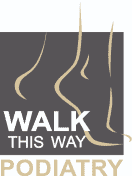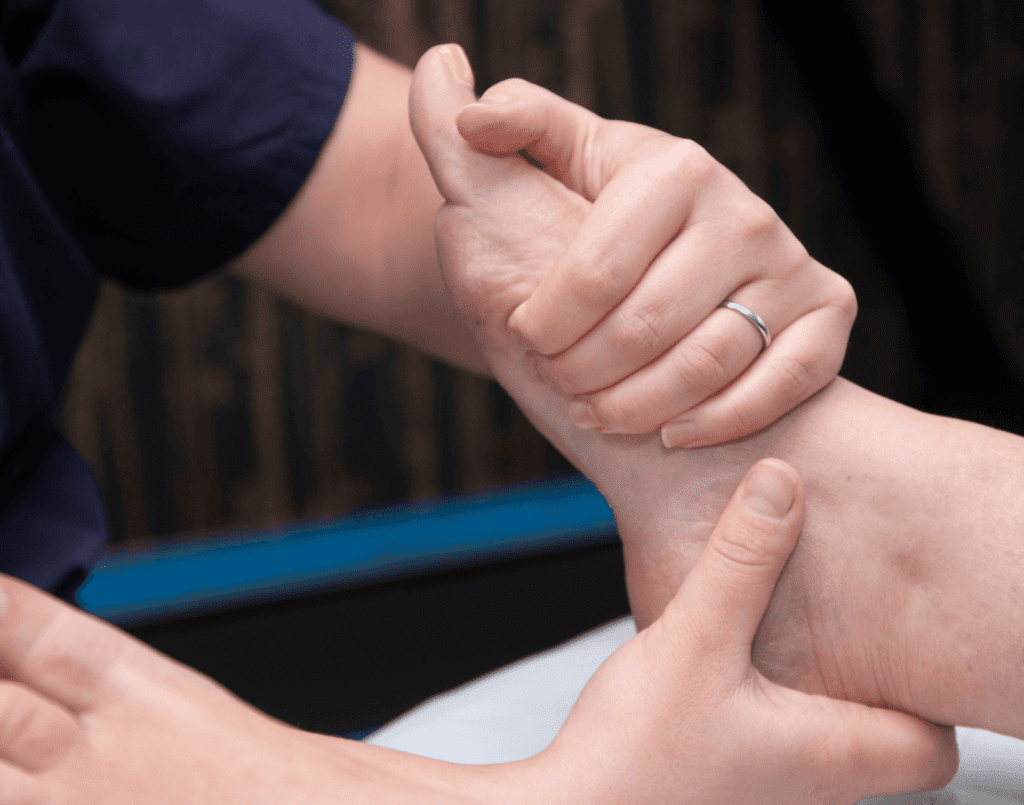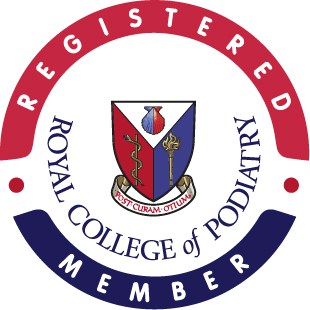Whether you suffer from this unsightly condition, or you have spotted changes in your foot shape that could indicate early signs of development, the frustration of knowing that you cannot get rid of bunions without surgery is real.
But fear not, because there are a series of nonsurgical treatments for bunions that can help you manage discomfort and prevent them from growing. Although treating bunions with non-invasive procedures cannot reverse a bunion that’s being formed, it can keep the bunion from worsening and becoming painful.
Read on for all the info on how to fix bunions…
Changes in Footwear
First things first. Wearing shoes that properly fit your feet and do not squash your toes is the first step in preventing bunions from worsening. You may have to ditch fashion for health, but when it comes to your feet, the type of shoes you wear plays a crucial role in ensuring you keep foot problems such as bunions at bay.
Try not to rely too much on the standard size of shoes you have been buying for years. Like us, feet evolve and as you grow older, your feet change shape and size. In addition, shoe sizes vary from product to product, so you may have to go up or down in size depending on the made of the shoe.
When treating bunions, we always have clients’ feet measured first in order to establish the correct sizing. Your feet should be measured in length, width, and arch length. As no two feet are the same and one foot is usually slightly larger than the other, you should buy the shoe size that fits the larger foot.
Once you know the correct shoe size, opt for shoes that have a wide toe box, are made from materials with a bit of give, like soft leather or fabric, and hold and support your feet.
Some shoes can be modified by using a stretcher to stretch out the areas that put pressure on your toes.
Custom Foot Orthotics
If you suffer from medium to advance bunions, custom foot orthotics is a good solution to reposition your foot and help stabilise the joint, minimising pain. Orthotic insoles are designed to aid biomechanical abnormalities, in this instance, the deformity caused by the misalignment of the big toe joint.
Bunions cause your body to adapt in response to the abnormalities in your bone alignment and pain. You may experience changes in the way you may walk or stand and different parts of your feet will be taking the pressure of your weight. Orthotics can help regulate your weight distribution, reducing the pressure put on the big toe joint, which is the ultimate source of your pain. Orthotics can also slow down the development of bunions, by stabilising the big toe joint and the bones in the foot.
Foot mobilisations
This is a type of manual therapy which targets stiff, dysfunctional joints. Because bunions affect the joints in your feet, your muscles, ligaments and tendons are also forced to work harder. This can put a lot of strain on your feet, making the soft tissue in your body fatigued and as a result, causing foot pain.
Foot Mobilisation and manipulation techniques can help restore movement and function in the foot. The idea is to encourage the joints of your feet and legs to move through their natural range of motion, correcting their position with the movement.
By mobilising joints, we can increase your body’s natural production of synovial fluid, which is vital in joint lubrication to improve joint movement. We can also return bones and joints to their original or a better position.
Silicone Splints
If you suffer from mild to moderate bunions, you can use silicone splints to help cushion the painful area over the bunion. The splint is designed to favour the ideal positioning of the toes, avoiding overlap of the fingers and protecting the lower extremities of the corns and scars. They come with a silicone pad that acts as a protector against shoe pressure and help relieve pain.
Silicone splints can be worn at night while you sleep to help place your big toe in a straighter position, however, they won’t realign the big toe joint. This is something that can only be achieved by bunion surgery.
Personalised rehabilitation programme
In most instances, the best treatment for bunions comes in the form of a personalised rehabilitation programme which includes a combination of all the above therapies.
Part of this programme can be a series of exercises for bunions that help improve mobility and flexibility.
These exercises may include:
- Toe points and curls: they work on your toe joints by flexing the muscles under your feet. Point your toes straight ahead for five seconds, and then curl them under for another five seconds. Repeat the stretch 10 times.
- Ball roll: their aim is to massage the bottom of your foot. Sit down and place a sit down and place a tennis or small ball on the floor under your foot. Roll your foot back and forth over the ball for two minutes on each foot.
- Toe flexing and contracting: this is another great way to alleviate stiffness. Press your toes against a hard surface, such as a wall, to flex and stretch them. Hold the position for 10 seconds, and repeat three to four times. Do the same by flexing your toes in the opposite direction.
- Towel curls: they are thought to strengthen your toes. Spreading out a small towel on the floor, grip it with your toes and pull the towel toward you. Repeat five times.
Living with bunions doesn’t need to be painful or embarrassing. It’s a very common condition and there are many ways we can help you manage them without having to go through surgery. All our treatment plans are tailored to the severity of your symptoms and personal needs. If you suffer from bunions and would like to find out more what options are available, you can contact us here.








